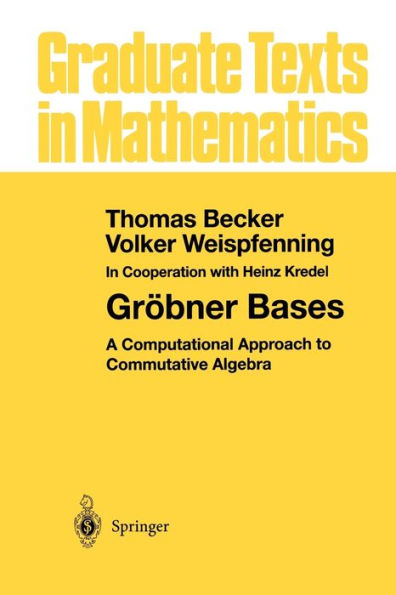5
1
9781461269441



Gr�bner Bases: A Computational Approach to Commutative Algebra / Edition 1 available in Hardcover, Paperback

Gr�bner Bases: A Computational Approach to Commutative Algebra / Edition 1
- ISBN-10:
- 146126944X
- ISBN-13:
- 9781461269441
- Pub. Date:
- 10/02/2012
- Publisher:
- Springer New York
- ISBN-10:
- 146126944X
- ISBN-13:
- 9781461269441
- Pub. Date:
- 10/02/2012
- Publisher:
- Springer New York

Gr�bner Bases: A Computational Approach to Commutative Algebra / Edition 1
$89.99
89.99
In Stock

Product Details
| ISBN-13: | 9781461269441 |
|---|---|
| Publisher: | Springer New York |
| Publication date: | 10/02/2012 |
| Series: | Graduate Texts in Mathematics , #141 |
| Edition description: | Softcover reprint of the original 1st ed. 1993 |
| Pages: | 576 |
| Product dimensions: | 6.10(w) x 9.25(h) x 0.05(d) |
From the B&N Reads Blog
